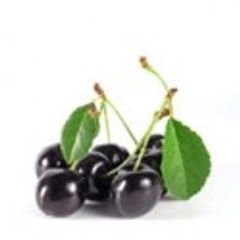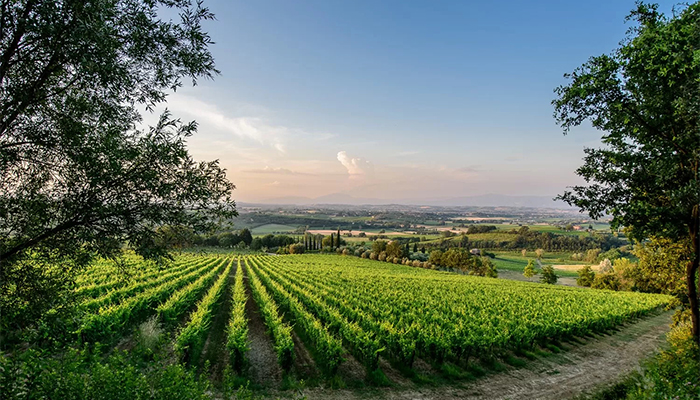The history of the Poliziano estate began in 1961 with the purchase of the first nucleus of 22 hectares under vine by Dino Carletti, who was deeply in love with his native land and its endless winemaking tradition. The winery’s sign is a spontaneous as well as explicit homage to these roots, a name with literary overtones that refers to the native of Montepulciano, among whom the most famous in the world is surely represented by the 15th-century humanist and poet Angelo Ambrogini, even depicted in the logo. Federico, the founder’s son, took over the reins of the winery in the late 1970s and immediately imprinted a professional and philosophical turning point, deciding to work only with estate grapes and concentrating on quality, so much so that he obtained a Vino Nobile of great depth and international scope. The desire to explore became concrete in the following years in the acquisition of new plots of land on the territories of Maremma, in 1997, and Cortona, in 2000. The third generation has now joined the family business, represented by their two children Francesco and Maria Stella.
Poliziano is a reality that has grown steadily over time, to the current 170 hectares under vine. Federico Carletti’s study of the terroir over two decades has led to the identification of a number of estate cru, among which Asinone and Caggiole are currently bottled. The six different terroirs that insist on Montepulciano are located between 290 and 400 meters above sea level: offering the most varied exposures, they are layouts characterized by a great variability even of soils, in which an important sandy component predominates, accompanied by the presence of limestone rock and, in some cases, marine debris and fossils. A few kilometers to the west, the nucleus of Montefollonico overlooks the winery from an elevation of 450 meters, with pebbly soils mixed with clay and silt. Ferreted clay soils characterize the Farneta vineyard, in Cortona, while galestro identifies the Magliano estate, in Maremma.









